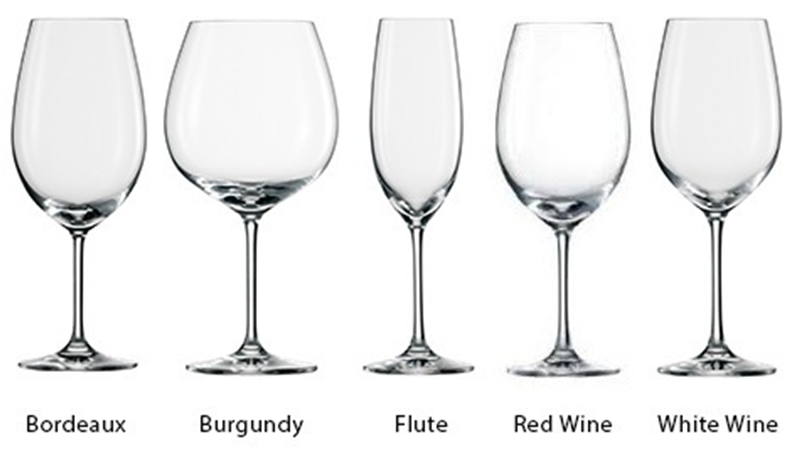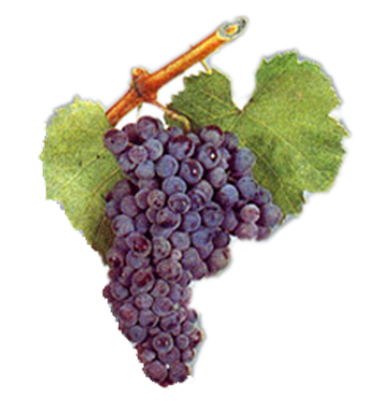
Whether you know all about wine or you simply love to have a glass once in a while, we are almost certain that you have asked yourself the questions below. Marin Atanasov, Chief Sommelier of Brand Marketing Organization World Wines — with international professional experience of over 10 years — took the time to answer them in detail.
- What, with the exception of the price, differentiates high quality wines from cheap wines?
In reality, there is no such thing as “cheap” wine. I’d say that there is wine which does not live up to its price and consumer expectations. Any high quality wine must answer to the following conditions:
- carry the characteristics of the wine sort/sorts that are listed on the label
- have an identity
- to tell a story about the place (region) that it comes from
- an elegant balance between freshness, fruitiness, body and tannins
The highest quality wines are truly a “benchmark” for the region or country that they come from.
- In what type of glasses should we drink the different types of wine and why?
The production of glasses designed to highlight the qualities and benefits of different wine varieties is an art. For example, a champagne glass known as flute lets the bubbles dance along its high walls.
Wine sorts that are characterized with zingy aromas, crisp acidity and citrus notes should be served in smaller glasses with a tight neck. The small volume of the glass guarantees that the liquid will preserve the necessary temperature. We serve young wines chilled, because this helps the aromas to stand out; whereas, if they are warm, the freshness is lost and the wine becomes sour.
 White wines that have а juicy, round and buttery body should be served in large glasses, because freshness is not their leading quality and can be served in a few degrees higher temperature.
White wines that have а juicy, round and buttery body should be served in large glasses, because freshness is not their leading quality and can be served in a few degrees higher temperature.
Burgundy, Bordeaux and Piedmont (Barolo) wines can be served in a series of glasses, which carry the same names as the wines. Their designs allow them to accentuate the greatness of the wines coming from those regions.
Dessert wines should be served in small glasses with at least four times less volume than the white wine glasses. Such wines are consumed in small quantities, mainly as a digestive alongside desserts.
To be honest, in the modern day gastronomy business, only a select few restaurants can afford the luxury of serving wines in the appropriate glasses. For example, a large scale restaurant with 300 seats would most likely carry 2-3 types of wine glasses with a shorter stem.
- What are the hottest trends on the wine market? Is there a demand for high quality wines?
The wine market has always been very dynamic and will continue to move in the same direction. Estimates are that in the coming years consumers will increasingly reach out to high quality wines. New destinations and emerging regions make the market even more colorful and are starting to attract the attention of a large group of consumers.
- What makes Eastern European wine interesting and why should we try it?
Wine production in Eastern Europe has undergone a dramatic change over the past 10-15 years, preserving the traditions and identity, but accepting innovative technologies in viticulture and wine-making.
Central and Eastern Europe can offer affordable, friendly wines from the large, international varieties such as Chardonnay, Sauvignon Blanc, Riesling, Cabernet Sauvignon, Merlot, Pinot Noir and Syrah, to which we can add a huge multicolored palette of diverse local varieties that intrigue consumers around the world.
Take Bulgaria, for example, which is one of the top ten largest manufacturers in the European Union, according the Eurostat data for 2015-2016. The small Balkan country has five major geographical regions that would surprise you with soil, relief and climatic diversity. This diversity of terroirs predisposes it to a variety of styles, vine sorts, taste and aromatic profiles in wines that deserves our attention.
You will be surprised to find out that Bulgaria is an exceptional producer of the king of white wine: the Chardonnay. Bulgaria produces Chardonnay wines in all their styles: unoaked, gently oaked with great sense of mineral notes and rich, round and buttery wines.
Experts can confirm that the regions that produce good Chardonnay will not lose the battle to Pinot Noir either. The American Master of Wine Robin Kick, a specialist in Burgundy, held a Masterclass this year during the Balkans International Wine Competition named “Duel of Pinot Noir, Burgundy vs Balkans”. Four of the seven Pinot Noir wines were from Bulgaria and performed exceptionally against their highly respected rivals. Source: http://www.balkanswine.eu/en/pages/Festival/Master-Classes/
And this in what we see on the surface, there is much more to be discovered.
- Which wines will you recommend for the fall-winter season?
Sommeliers like wine that is pleasant company for food, but does not require your full attention. Since we are on the topic of Eastern European wine, I would direct you towards the Struma River Valley, a wine region to watch.
Wines from this region are made from the local variety Melnik both as single grape varietal style and in blends with international varieties. The wines here are characterized by elegant to medium body, reminding us  of the fantastic Northern Rhone wine with a native Bulgarian twist. The US market can offer several wines from small producers from the Struma Valley Region that will enchant you with their specific identities. Do not forget to open the wine 30 minutes before consumption. You can thank me later!
of the fantastic Northern Rhone wine with a native Bulgarian twist. The US market can offer several wines from small producers from the Struma Valley Region that will enchant you with their specific identities. Do not forget to open the wine 30 minutes before consumption. You can thank me later!
Let’s not forget the Cabernet Franc, which is no longer perceived as the poor relative of Cabernet Sauvignon. The Thracian region located at the south of Eastern Europe provides great examples with its elegant, fresh wines, offering everything that you would expect from Cab Fran: small berries with notes of red plum, blackcurrant, delicate green pepper.
Enjoy!



